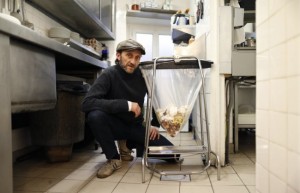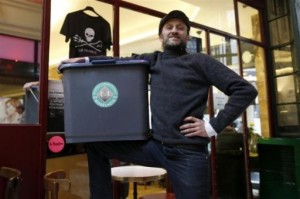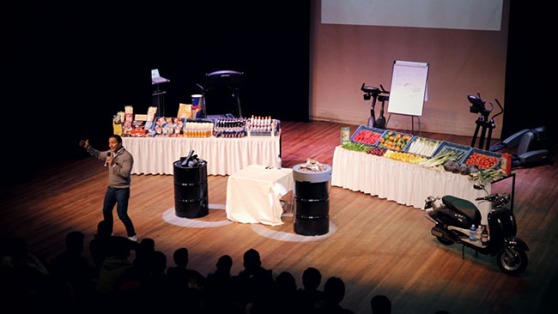On Friday, June 10, I went to the European Food Bloggers Convention in Amsterdam for my internship at CuliNice. It was a whole day of tips for food bloggers, but also food. The kinds of food they showed at the event were all ‘free from food’ which meant that they were either gluten free, sugar-free, lactose-free or all of these things. It was an interesting day, but it made me think about what kinds of ingredients are in those foods, if there isn’t any flour, eggs or milk. The hype around gluten free food is somewhat ending a little, but it’s still very popular. Many people who don’t have an allergy to gluten are still not eating gluten for other health reasons. So there seem to be two different groups. One who must eat gluten, sugar or egg and milk free, and people who just want to avoid these things because they think it’s more healthy.
Also, I read an article (this one) about light products and that it has been proven that on long-term, these products can lead to bad health instead of improving it. That’s because people think they’re eating healthy, which makes them eat more of it and along the way also more of the non-light products besides the light ones. If you then count the total amount of calories, the people always using light products ate more calories than people who just ate normally.
So, what to do with this movement? I’m eating low carb myself, also for personal health reasons and not for allergies. But I can only keep up this lifestyle with results, if I keep on doing it. The same goes for all those ‘free from foods’. Does the quality of life really improve on long-term by eating all those strange products from which we don’t even know what they’re made of? I don’t think so. Okay, when you’re allergic you’re not in this group. But if you’re thinking you’re healthy by eating all light products, you’re not. You may feel less guilty and your quality of life can go up for a while, but after a while, it doesn’t go up anymore, or even down.
So, can we all just eat normally? Okay, I’m a fan of healthy food, but I like unhealthy food just as much and I still consider myself quite a healthy human. To conclude with a Star Wars reference: there has to be a balance (in the Force), without evil there’s no good either.














